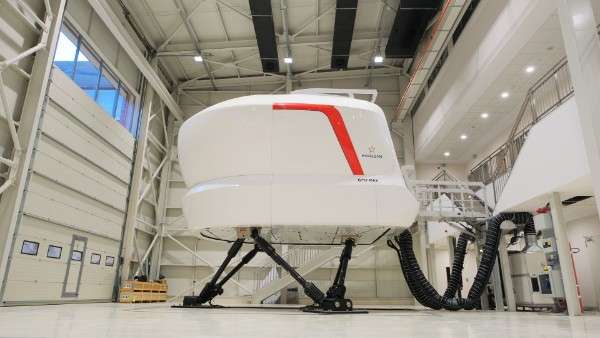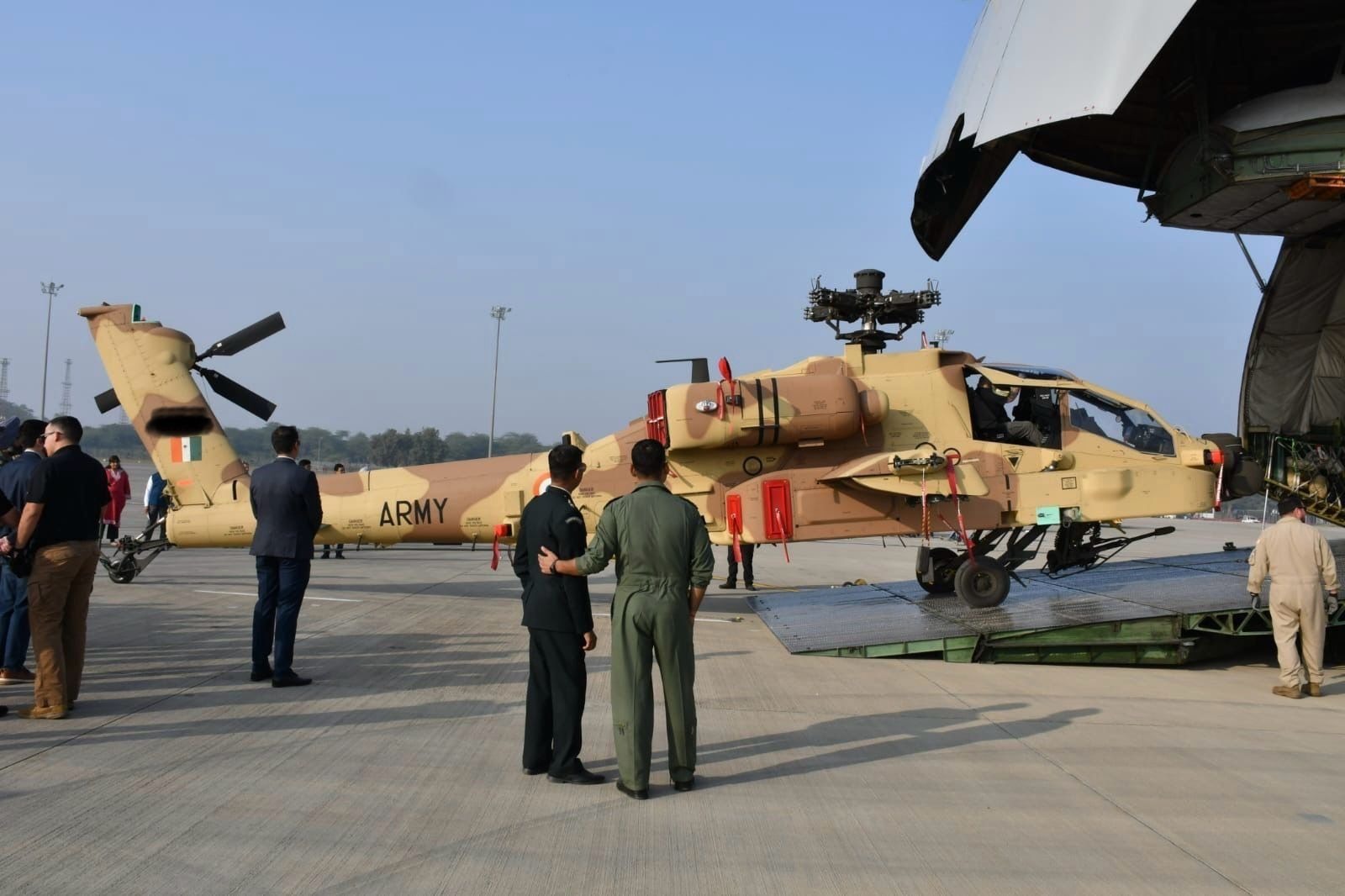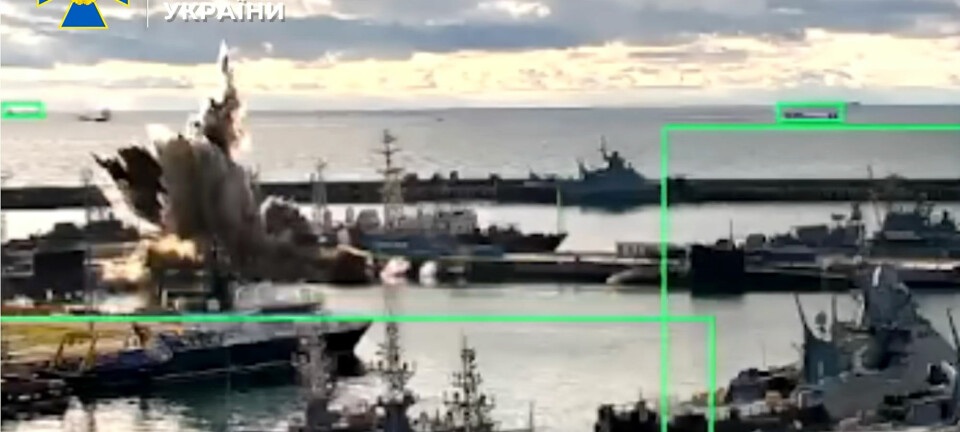As the US, diminish its presence in Middle East China is boosting up through economic, political, military, and strategic engagement. Saudi Arabia was the first country visited by Xi since the Covid 19. Xi is marked by tenderness and devoid of unpleasantness and friction. The visit will include three summits one with Xi & Saudi King Salman, the second between Xi and Gulf states, and the third involving Xi and the Arab League states. The evolving character of geo politics reality and the fluid security dynamic of the region offer Beijing to accentuate its influence in the region. A number of issues pushed the region close to the US, particularly Iran nuclear deal, the Syrian war, the Yemen war, and the Iraq war. However, the human right issue deteriorated the relationship between the two. Moreover, the US’s lack of interest in the region gives further space to China and Russia to assert their influence.
Moreover, Muhammad Bin Salman is a progressive, dynamic, and visionary leader who has the potential to change the regional and external dynamics of the kingdom and Arabian Peninsula. China has balanced the regional rivalry very carefully and its engagement will further increase its role in security and strategic partnership dynamics. China a global economic giant and the KSA world’s top oil producer signed 34 MoU (Memorandum of understanding) including clean and green energy, housing, construction, logistics, infrastructure, IT (Information technology), Cloud computing, and Cyber and Medical industries. They also sign CSPA (Comprehensive strategic partnership agreement). These MoU shows the strength of cooperation and rising of china to counter the US in the region.
Middle East region has always remained of vital importance among the great power due to its geo-strategic and geo-economic location but the US lack of interest in the region and American first policy created a power vacuum that has been filled by China.
Read More: Saudi-Iran Conflict: Conquest for Regional Hegemony
The Kingdom is the biggest trade partner of china having $87.8 billion in trade in 2021 having exports worth $57 billion and imports of $30.8 billion. China is also one of the top oil buyers about 18% of oil purchased by China, during the first 10 months of 2022. In 2021 china imported $43.9 worth of oil from Saudi Arabia, which is 87.57 million tons making up 77% of total export.
In early 2022 Saudi Aramco in the single largest investment, invest $10 billion in the world’s second-largest economy to build a petrochemical oil refinery in the northeast of china. Silk Road fund a Chinese state-owned entity purchased/buy 49% of Saudi Aramco shares worth $12.4 billion US dollars. Saudi ACWA and Silk Road Fund jointly invested about $1 billion in Uzbekistan’s 1.5 GW (Gigawatt) gas-fuelled power plants as a part of the OBOR (One Belt One Road) initiative. China energy engineering corps (CEEC) is also building solar powerhouses in Saudi Arabia, Al Shuaiba. China and Saudi are also cooperating in the military and security domains as the Chinese electronic technology group and the Saudi advanced communication and electric system co jointly manufacture the latest and more advanced military equipment most profoundly including the unmanned Ariel vehicle payload system in Saudi Arabia.
Read More: Iran’s Quds Force Influence in the Region
Chinese investment in the region is not only limited to the KSA, however over a period of time china has deepened its economic cooperation with Iran, Oman, Egypt, Syria, Iraq, UAE, Bahrain, Qatar, and Kuwait. China has heavily invested in these countries’ infrastructure development, technology, and other mega projects. China has also funded a project for the renovation of a grand mosque in Saudi Arabia. In Egypt, china has funded the development of administrative capital, central business district, and in Suez Canal project. In Syria and Iraq, china has funded several projects including infrastructure building and safeguarding of strategic locations.
Moreover, US sanctions on Syria further pushed Damascus closer to China. China is heavily investing in the Middle Eastern crucial initiative, which is aligned with the One Belt, and Road initiative including Muhammad Bin Salman, Saudi vision 2030, Kuwait’s vision 2035, Egypt’s vision 2030, Qatar’s vision 2030, and Oman’s vision 2040. Chinese vision 2050 vision a One Belt and Road initiative, which connects the important trade route in the region including the Mediterranean Sea, Indian Ocean, and Suez Canal, are the important part of it. Moreover, coke points in this maritime trade route are also important for china due to which China is investing heavily in these regional developments. Moreover, Xi while meeting with the Arabs leaders also emphasizes treading in Yuan. If they start trading in Yuan, it will surely weaken the dollar hegemony and US monopoly over international trade. USA and China are already in competition for global hegemony while Kingdom also needs a strong ally in the region.
Hence, this visit shows a new strategic alliance between the Arab world and china. The trip to Saudi Arabia highlights Beijing’s growing ties with the kingdom, a longtime American ally that is seeking greater self-reliance. This new alliance would have a great impact on regional and global politics.
About Author:
Muhammad Shahzad Akram is a Research Officer at the Center for International Strategic Studies (CISS) AJK. He holds an MPhil degree in International Relations from Quaid i Azam University, Islamabad.












